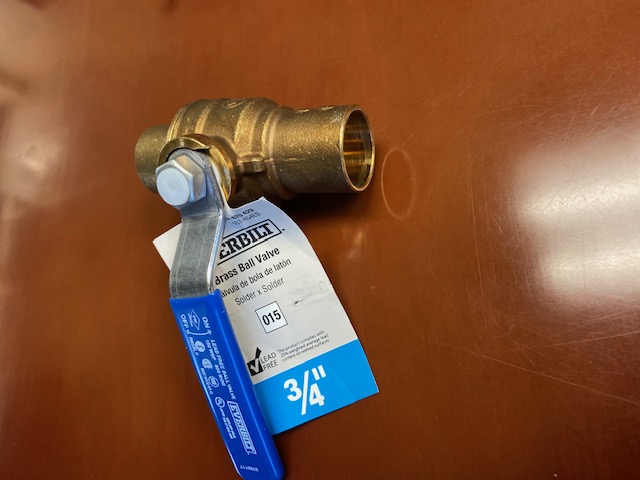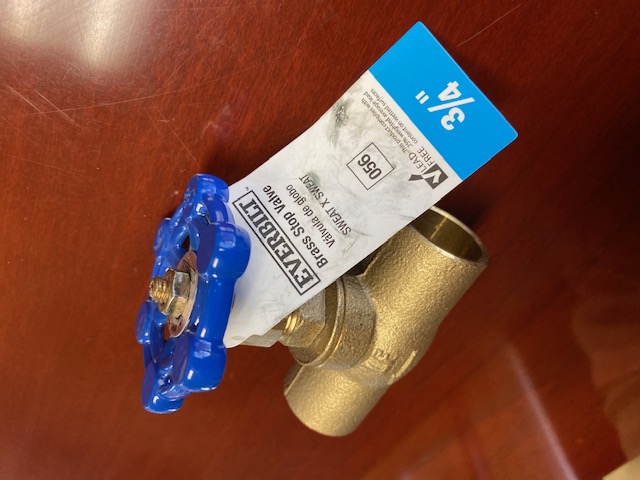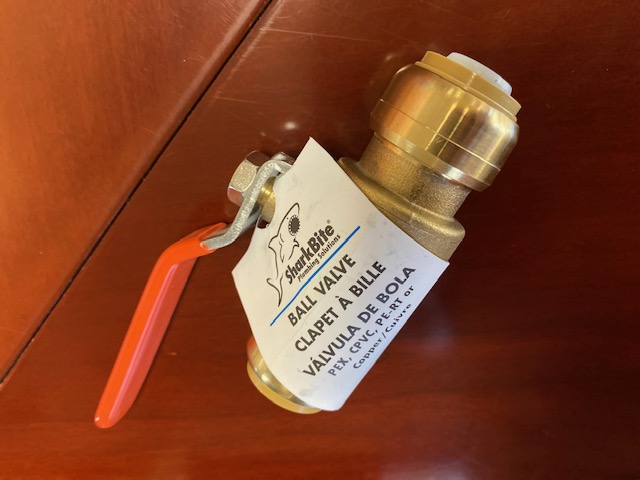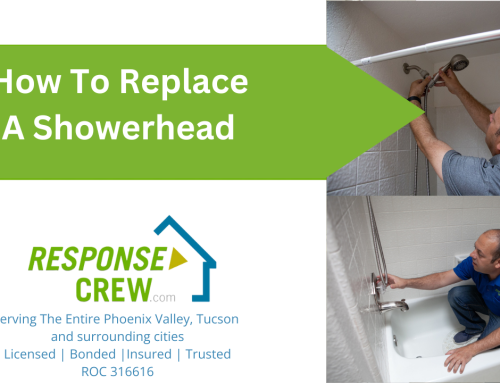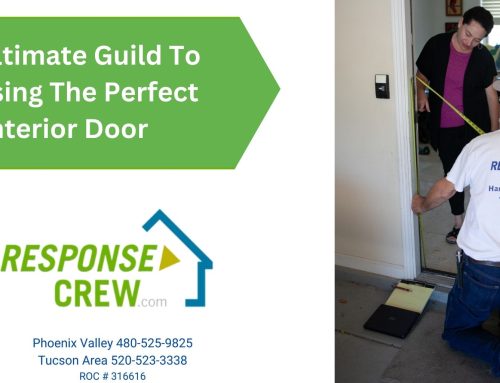Houses are built in a way that if something goes wrong you have levers you can move around to prevent damages from occurring. For example: If you have an overload on an electrical outlet the breaker senses the surge and pops, preventing electricity from flowing to what might be a fire hazard.
In plumbing the design is a bit different. You have shut off valves under sinks and next to major appliances such as water heaters. The shut off valve has dual purpose.
- To shut off the water if you are making a change like replacing a faucet
- In case of an emergency – a leak from the hose or water heater you can shut off the water to that location alone, without shutting the water off to the rest of the house.
But what if the shut off valve fails?
Under the sink you have 2 shut off valves, or “angel stops” one for the hot water and another for the cold water. Next to the water heater it is mandatory to have a shut off valve to stop the water from filling the tank in case of a leak. But the most important shut off valve is the main shut off valve that stops water from flowing into your home.
Why is the main valve so important?
In case of a leak from the water heater or faucet you can shut off the water at the closest shut off point. But what if that fails, you turn the valve but the water is still running. What do you do then? Calling the water company, police or fire department can help but will take time for someone to come out, time that will cause hundred if not thousands of dollars in damage to your property, cabinets, flooring and walls.
Most people do not know how to shut off the water to their house
In a case where you can’t get the water to shut off at the closest point, under the kitchen sink or bathroom faucet you need to shut the water off at the main shut off valve. Do you know where it is located at your home?
Make sure you learn about your shut off valve, where it’s located, the type it is, and how to operate it. I also recommend testing the valve once every few months.
Where can I get help with this?
If you need help with this call a local plumbing company, the fire department or a licensed handyman. We can come out and teach you about your main shut off, we can inspect it’s operational condition and make improvements if needed.
What is a Gate Valve? 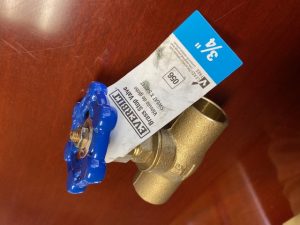
There are 2 main types of home shut off valves. A Gate valve is basically a screw, when you turn it to the right you close the internal gap, closing the flow of water. A ball valve is a handle that has 2 positions – On and Off. Easier to understand and operate, is set up better internally since the ball does not have room for calcium build up or for any debrief getting stuck in it.
Why is a Gate Valve not safe?
When new, there is no issue with a gate valve, it is rated for 3 years by most manufactures and allowed by city inspectors. Contractors like this product because of its lower price point vs the alternative of a ball valve. The problems begin after a few years, when hard water calcium starts to build up on the internal screw, making it harder to turn, debrief can get stock on the dirty valve to the point that you can’t fully shot off the water, even if you turn the valve all the way to the right, something might be stuck in it preventing a full shot off.
Installing a Ball Valve as the main shut off 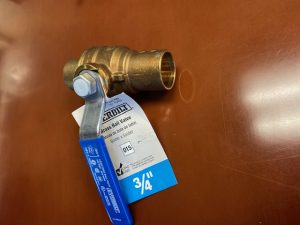
Did you know that most companies don’t touch your gate valve? We prefer to shut off the water at the city line and not turn the handle on the gate valve risking it from braking or getting stuck. Having a ball valve will help you save thousands of dollars in case of a leak, simply put, if you have a gate valve you’re at risk of major damage.
Ball valves are easier to operate, you can clearly see in what position the handle is and know if your valve is open or shut. It is rated 17 years by most manufacturers and has less to no room for debrief to get stuck when it is in the fully open position.
DYI replacing gave valve with ball valve. 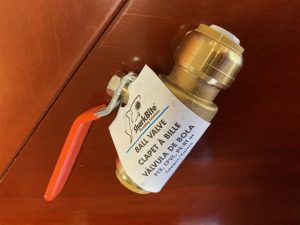
Plumbing parts, valves and pipes are made out of copper or other types of metal. This requires soldering and in most cases experience has a clear advantage. If done wrong it can take a few hours to drain and get it right. In the last few years, a new type of connection is getting popular, the Shark Bit. This connection does not require the skill of soldering, it is very simple to install and can be done by hand with basically no tools. Someone who has done plumbing projects around the house and has the confidence to do this I am sure can get the job done.
On a personal note
Although I personally don’t have 100% trust in Shark Bits, I don’t have any objections for a homeowner to do this on his own using a Shark Bit. Keep in mind that every time you turn on and off the water you lose pressure on the connection and you might see some water leak, this is normal and once pressure resumes the leak should stop. As the owner of Response Crew Handyman, and being a licensed contractor, I do not use this product as I believe that professional services should use solder as it is a more secure connection.
Check out this short video about Gate valves, ball valves and shark bits. If you have any questions please feel free to contact us through the contact page or by calling 480-525-9825


